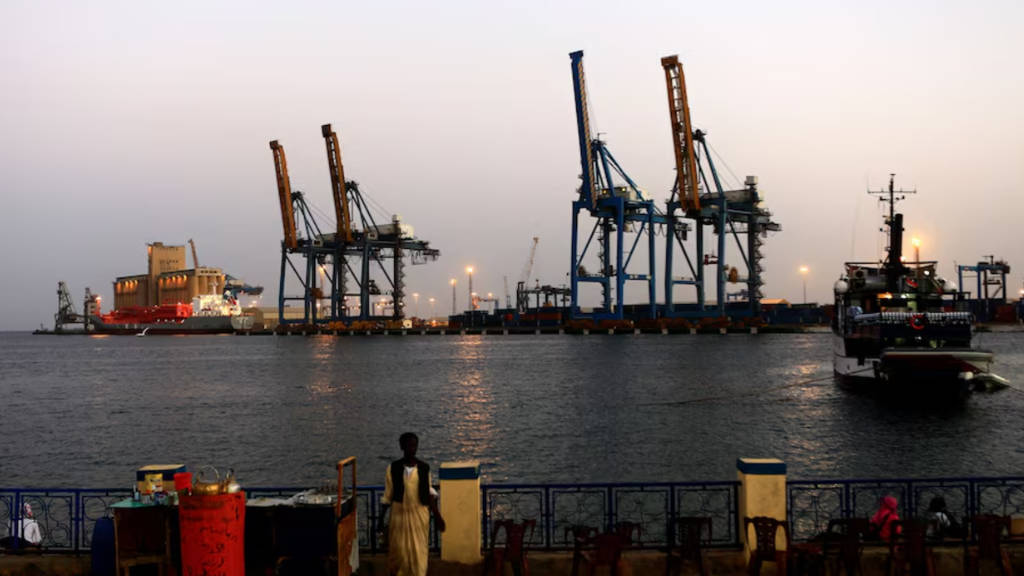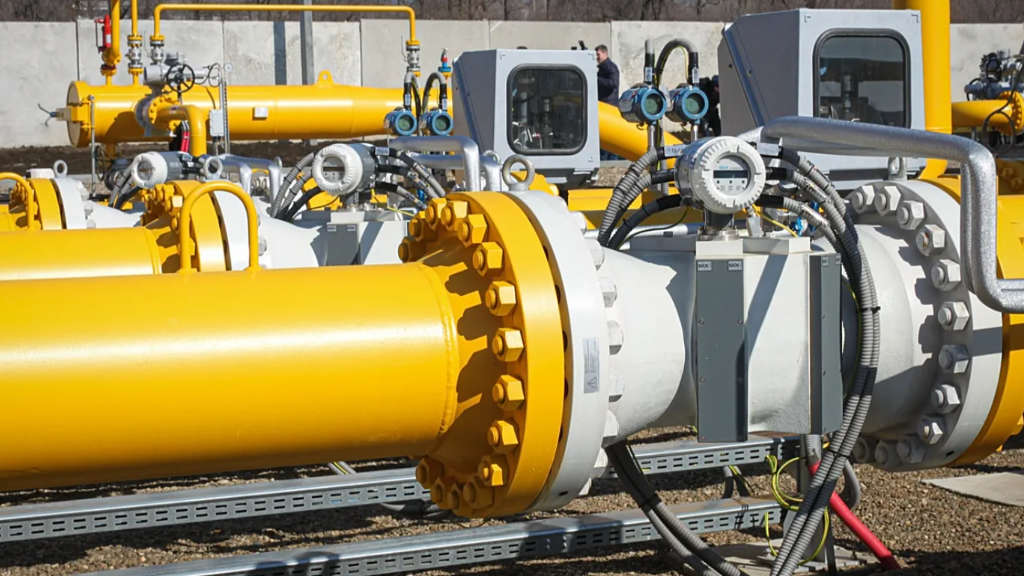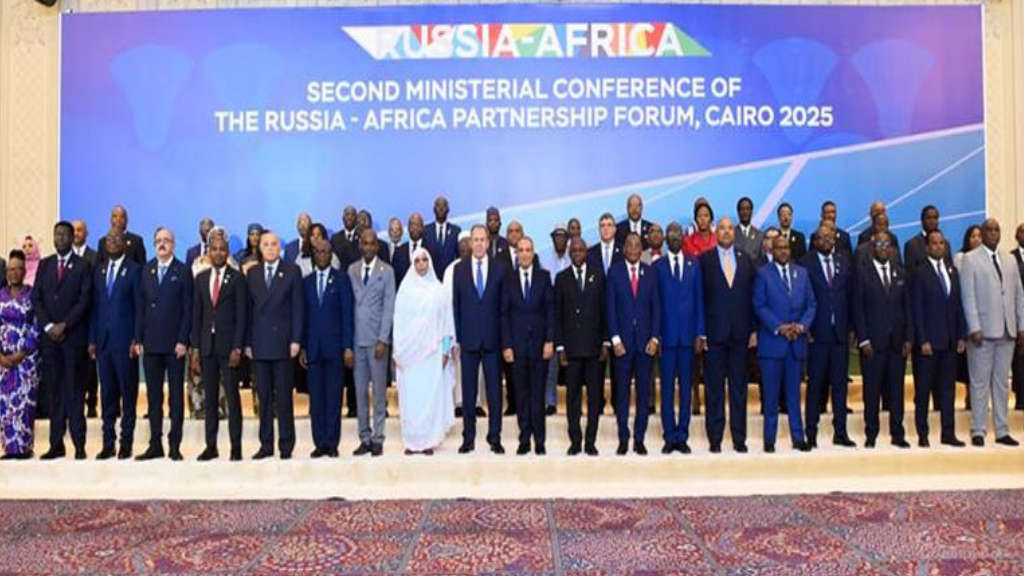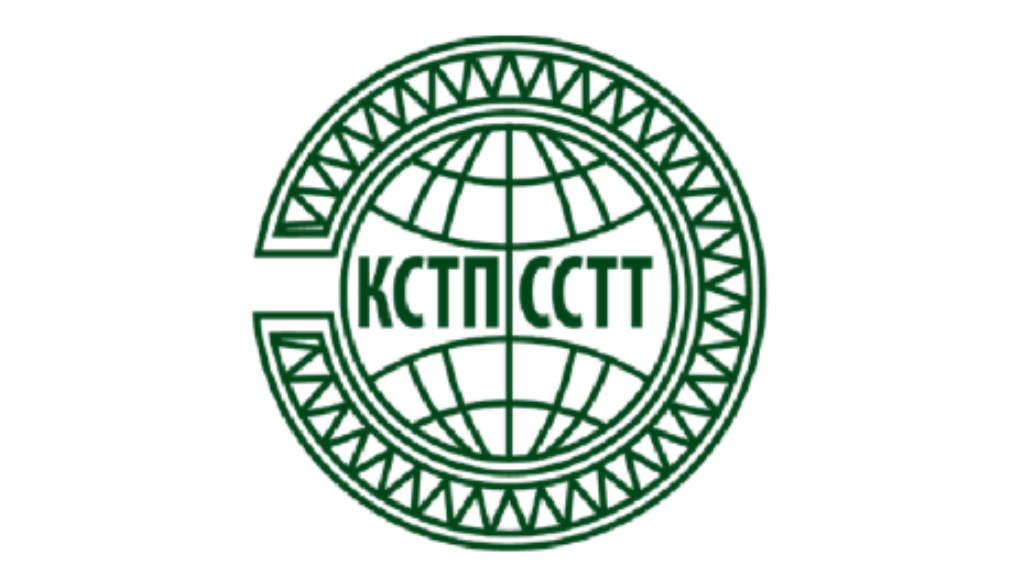Russia is set to further develop and expand the small but already growing role of Port Sudan in Russia’s Red Sea logistics network and strategic objectives. Egypt, Ethiopia and Iran are full BRICS members and utilise the Suez Canal, while Algeria and other Russian allies are also dependent upon the Red Sea region.
Sudan however has been involved in a civil war, complicating matters. Ethiopia also wants Red Sea access. Moscow has increased support for Sudanese Armed Forces (SAF) since April 2024 in exchange for promises to revive a stalled 2017 deal for a Red Sea naval base that would host up to 300 Russian service members and four ships. The assistant SAF commander-in-chief said in late May this year that Sudan and Russia would sign a series of military and economic agreements to finalize the exchange. Sudanese media reported in August that the sides are still finalizing aspects of the deal related to the conditions of the base and Russian provision of fighter jets.
Russia has long pursued a Red Sea port to protect its economic interests in the region and improve its trade and allied security between the Mediterranean Sea and the Indian Ocean. A larger base in Port Sudan would serve primarily as a resupply and stopover hub to enable Russia’s current base at Tartus in Syria to transition from a resupply base to a multipurpose naval base, a goal Russia has previously outlined as a key element of its effort to bolster its Mediterranean presence.
However, with the situation in Syria now fluid, a loss of the Tartus port would require that Port Sudan replaces Tartus as a resupply base. A naval base in Sudan would also help position Russia as a buffer against maritime security threats in the Red Sea and Indian Ocean and serve as a local logistics hub for its other activities in Sudan.
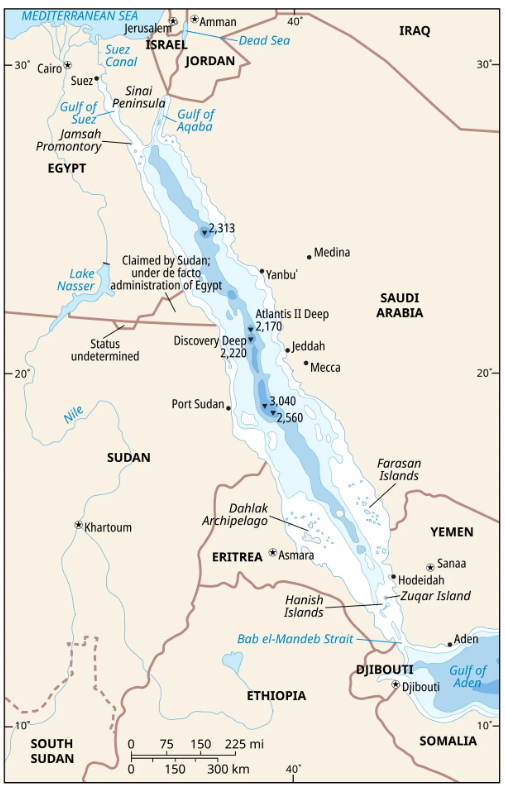
Russia has already started to incorporate its limited capacity in Port Sudan into its logistics network. The Russian military cargo airline Avicaon Zitotrans has sent several Il-76TD cargo flights from Russia to Port Sudan since August, with some of these going on to Mali, where Russia is also assisting the military backed government fight Islamic extremists in Mali’s civil war and elsewhere in the Sahel.
However, Moscow faces similar political vulnerabilities in Sudan like those it faces in Libya, reducing Russia’s ability to scale up its activity in Sudan to replace its Syrian assets, if lost.
Sudan, like Libya and Syria currently lacks a unified government that can offer long-term guarantees. The Sudanese conflict has already interfered with Russia’s regional plans as various transitional governments constantly renegotiated their agreements with Moscow, while governmental changes paused any implementation. Russia’s original plans aimed to build on the existing naval infrastructure at Port Sudan, and it is unclear whether any improvements have in fact been made.
The United States and other Western nations are pressuring Sudan leaders to reject any Russian naval base agreement. US officials warned Sudan’s military rulers against accepting a Russian naval base in 2022, and SAF officials have previously rejected Iranian requests for a naval base to avoid alienating its historical allies—Egypt and Saudi Arabia.
An agreement may well be reached, however the military aspect of any Russian involvement in Port Sudan will almost certainly have to involve Saudi Arabian forces as well. In this case, BRICS and regional supply chain needs rub up closely against regional conflicts and political mistrust – meaning the likely outcome will be a comprised, and possibly not an ideal regional trade solution.
Further Reading

